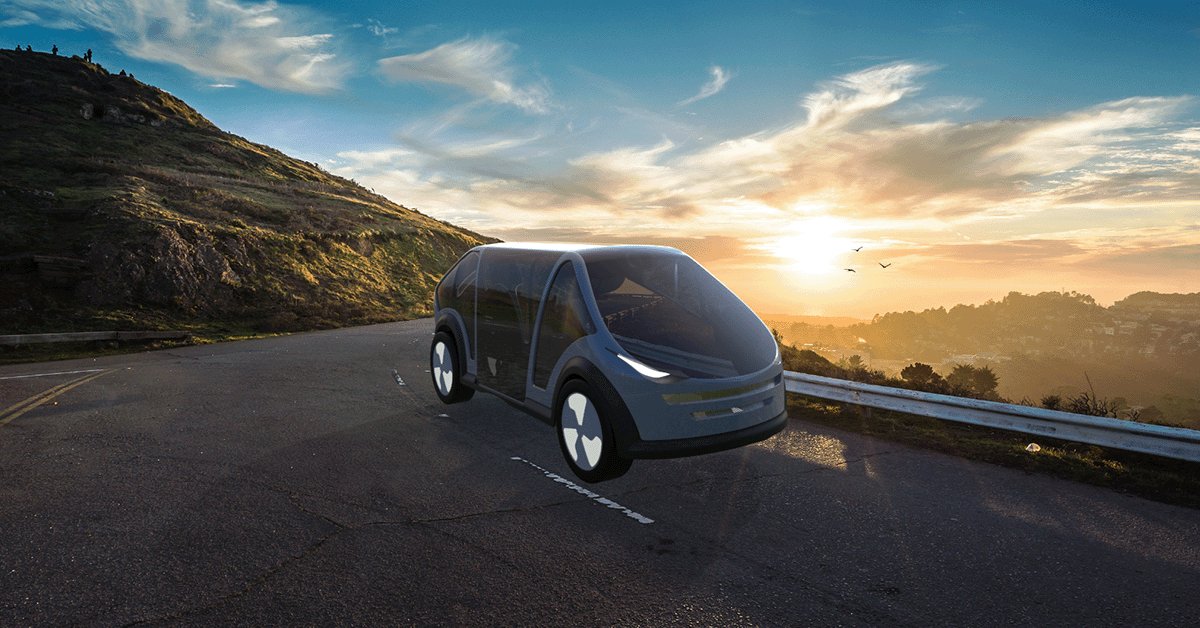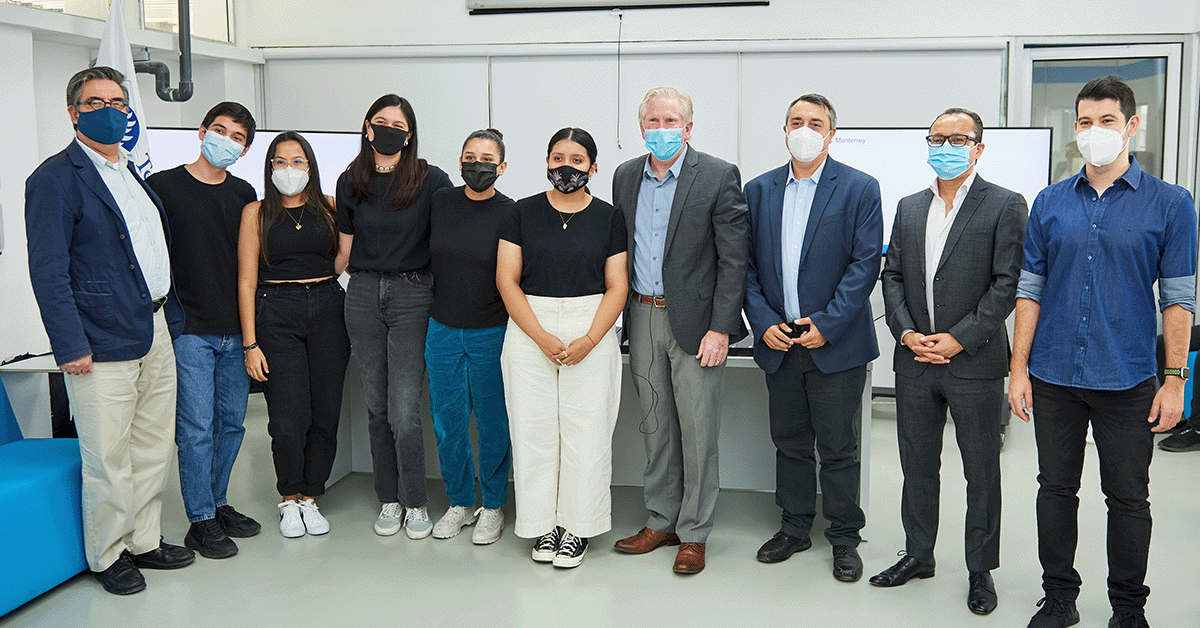Steel E-Motive announce winners of styling competition
Engineering students from Tecnológico de Monterrey won the Student Steel E-Motive Styling Competition with their futuristic design for an autonomous ride hailing vehicle and traveled to CES 2022 to celebrate their victory.
WorldAutoSteel and engineering partner Ricardo invited engineering students at the Tecnológico de Monterrey (TEC), Mexico, to design the exterior styling of an autonomous vehicle that demonstrates their vision for future mobility.
“In designing our Steel E-Motive concept Mobility as a Service vehicles, we wanted to see how students were envisioning steel in future mobility,” said George Coates, Technical Director, WorldAutoSteel.
“We conducted the competition to gain valuable insight from a generation for whom autonomous mobility as a service will become commonplace and to help the students understand the steel potential in these vehicles.”
TEC was invited to compete thanks to the efforts of WorldAutoSteel member Ternium, Monterrey, Mexico.

Pictured: The Cocoa, the winner of the Steel E-Motive styling competition
The Winning Team’s Inspiration
Six TEC teams totaling 32 students competed. Reflecting the strong interest of young women in Industrial Design, 70% of the TEC participants were aspiring women engineers. The winning team, Andrea García, Sergio Salazar, Regina Sánchez, Sharen Sánchez, and Daniela Marroquín, designed their entry with an interesting influence. The students drew inspiration for their design from cocoa beans.
“The autonomous car is based on conveying the feeling of confidence and stability. Just as the cocoa shell protects the fruit, the autonomous car gives safety and security to the passengers,” they said. “The cocoa plant or cocoa shell acts as a protective capsule for the seed contained inside. Its main objective is to protect from the outside by means of a strong casing.”
Student Engineers Demonstrate Forward Thinking Around Mobility
The judges told these talented engineering students, “Your design renderings demonstrate the kind of thinking needed for future transportation, as we evolve from driver-centric vehicles to passenger-focused Mobility as a Service (MaaS) vehicles.”
The winning team attended the Consumer Electronics Show (CES) in January 2022 in Las Vegas. CES–an internationally recognized exhibition with over 2,300 companies worldwide participating–showcases the latest in digital health, food tech, automotive tech, NFTs, gaming, smart home, and more. The scholars experienced the future of mobility and smart city connectivity featured at the show and engaged with displays promoting the latest technology.
The Contest Details
The competition asked the student teams to design a vehicle that met the following criteria: it must use steel as the optimal material solution for future mobility service providers, it must be cost and mass efficient, and it must reflect technology that is deployable from 2030 onwards, such as autonomy and electric propulsion.

Pictured: Team 3, designers of the Cocoa autonomous vehicle styling and winners of the Steel E-Motive Student Styling Competition, pose with their professors and competition representatives at the Monterrey award ceremony.
From left: Rodolfo Barragán, (TEC Dean School of Architecture, Art and Design),TEC Students Sergio Salazar, Daniela Marroquin, Regina Sanchez, Andrea Garcia, Sharen Sanchez, George Coates (WorldAutoSteel), Juan Pablo Pedraza (Ternium), Prof. Mario Menez (TEC) and Prof. Assistant Luis Amaya (TEC)
A panel of judges representing the steel industry and Ricardo design and engineering professionals reviewed the plans. The configurations were 100% virtual, so the students weren’t required to create the hardware, though the design must be feasible for production.
The competition started in February 2021 and ended in July. The judges announced the winners at an in-person ceremony on the Monterrey campus in October. The winning team designed their car using steel with significant glazing for an open, inviting feeling. “Steel is a traditional material in the automotive industry,” said the group. “It not only gives us strength but also familiarity and luxury.
Our thanks and appreciation go out to the students who participated, and Tecnológico de Monterrey professors and leaders who supported this project.
Subscribe for updates
The Steel E-Motive vehicle concept is still in development. Sign up to be the first to hear about the latest developments from the program.
You might also be interested in
